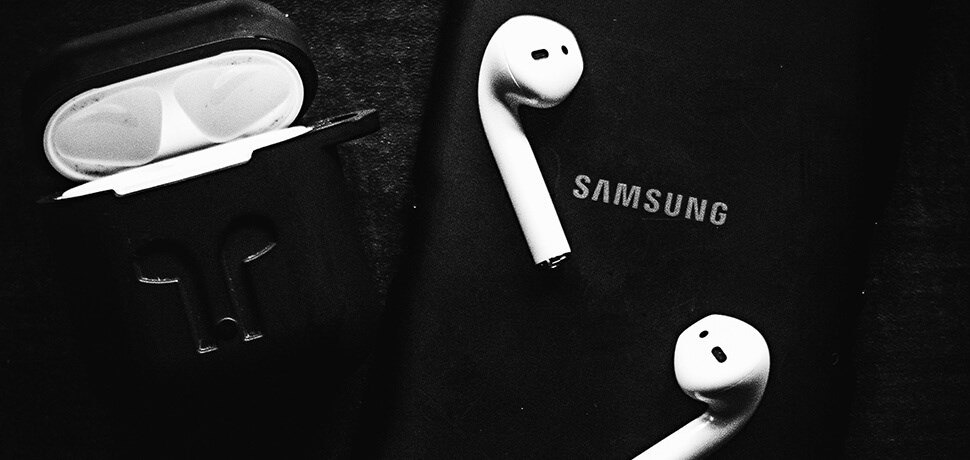
Owing to the pandemic, Samsung expects consumer demand for the second half of the year to be weak but cloud-based services and the launch of 5G smartphones are expected to drive earnings growth in the mid-to-long term.
Samsung is the largest diversified electronics company in Asia ex-Japan with a market capitalisation of over KRW334tn (USD273bn). The Korean electronics conglomerate is the market leader in many of its product categories. It is the largest smartphone company in the world (by unit volume) where it has held the number one spot for nearly a decade and in 2019 it shipped nearly 300 million units (~20% market share). Samsung is also the largest television (over 20% market share), fridge (over 20% market share) and washing machine (~16% market share) manufacturer globally. Samsung derives the majority of its earnings (~60-75%) from semiconductor chips, specifically memory chips, for which it has the largest market share (over 40%). There are only two companies in the world that currently have foundry capabilities to produce 7-nanometer (“nm”) or smaller chips, Samsung is one of those companies
Despite the impact of Covid-19 negatively impacting consumer demand for smartphones and TVs, 1Q2020 results showed that revenue increased Y-o-Y to KRW55.3tn (+6%) and operating profit increased to KRW6.5tn (+4%) due to strong cloud dynamics and the “stay-at-home” economy driving higher demand for memory chips. Net profit declined to KRW4.9tn (-2%) owing to small declines in finance income and non-operating income, and the company declared a dividend of KRW2.4tn, this in itself a promising sign.
The Semiconductor division posted revenue of KRW17.6tn and KRW4.0tn in operating profit for the first quarter. Memory chip demand continued to benefit from investments in 5G infrastructure and increased demand from cloud applications related to remote working and online education. In addition, datacenter demand remained solid as usage of streaming services and online shopping increased. Earnings in the foundry business were however negatively impacted by a decline in demand for high performance computing in China. Revenue in the IT and Mobile division declined 4% Y-o-Y on weaker smartphone shipments towards the end of the quarter. However operating profits were up both Q-o-Q (+5%) and YoY (+17%) on the launch of the flagship Galaxy S20 and Galaxy Z flip models (which achieved higher average selling prices compared to prior year models), solid “sell-in” demand for the quarter and the efficient rationalisation of marketing expenditure. The Consumer Electronics division posted earnings of KRW0.5tn (-44% Q-o-Q and -17% Y-o-Y), as a decline in global demand due to Covid-19 negatively impacted the sale of TVs.
Over the short-term market share gains in memory chips are expected to drive earnings. These gains will be offset by a continuation of weaker TV sales prompted by lower consumer demand due to: Covid-19; the cancellation of major global sporting events; and the postponement of the Summer Olympic Games. However Samsung, expects the recent proliferation of cloud-computing services to accelerate further in the mid-to-long-term. This will result in continued demand growth for memory chips. Despite a maturing smartphone market, launches of 5G smartphone will serve as a catalyst boosting demand for 5G “system-on-chips”. Samsung will also aim to expand on its leadership in extreme ultraviolet lithography through the of mass production of 5nm products.